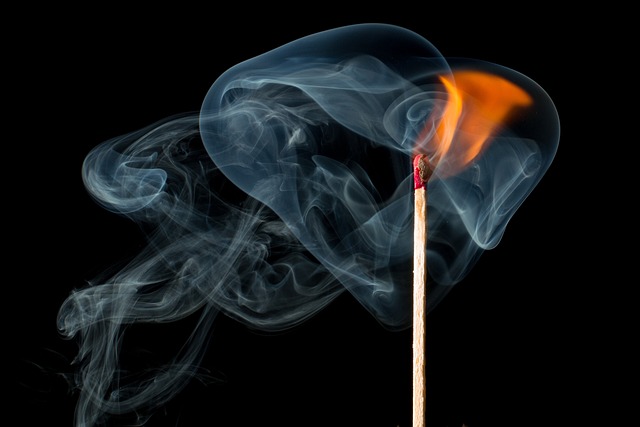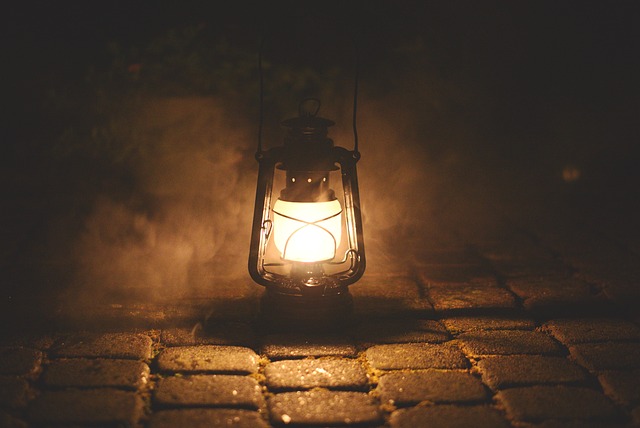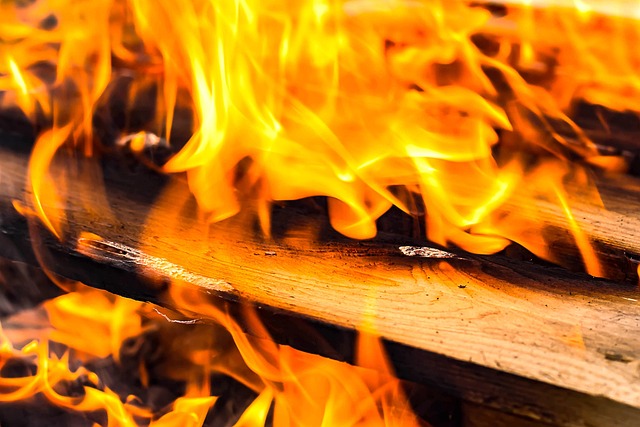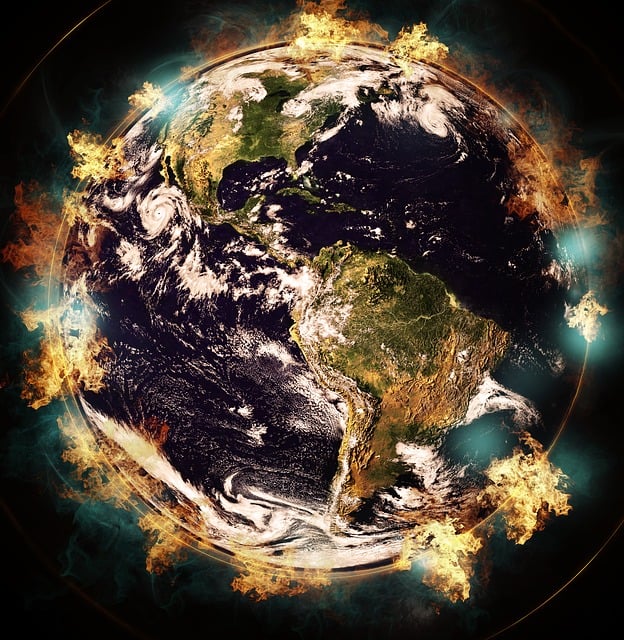Selling a house with fire damage in California necessitates addressing hidden smoke hazards, including toxic gases and contaminated materials. Professional assessments are key to identifying affected areas, determining remediation needs, and ensuring buyer safety. Documenting damage through high-quality photography and detailed reports is essential for insurance claims and transparent sales. Comprehensive repairs, guided by experts in real estate and smoke damage restoration, maximize property value while prioritizing health and safety.
“Smoke damage, often an invisible threat after a fire, can pose significant risks to health and property value. This comprehensive guide navigates the intricate process of smoke damage assessment in California homes post-fire. From understanding the hidden hazards and identifying key signs to documenting damage through photography and reporting, we explore essential steps.
Additionally, we delve into health risks, safety measures, repair options, and practical tips for real estate professionals selling properties with fire damage, ensuring a successful restoration and transition.”
- Understanding Smoke Damage: The Hidden Hazards
- Post-Fire Assessment: What to Look For in Your Home
- Documenting the Damage: Photography and Reporting
- Health Risks and Safety Measures for Fire-Damaged Properties
- Repair and Restoration: Restoring Your California Home
- Selling with Smoke Damage: Tips for Real Estate Professionals
Understanding Smoke Damage: The Hidden Hazards

Smoke damage from fires is often underestimated, but it can pose significant hidden hazards for both occupants and potential buyers if you’re selling a house with fire damage in California. Beyond the visible charred marks and odours, smoke contains toxic gases and fine particulate matter that can remain trapped in walls, ceilings, and other structural elements long after the flames are extinguished. This includes hazardous substances like carbon monoxide, volatile organic compounds (VOCs), and even heavy metals, which can lead to respiratory issues, allergies, and other health problems if not properly addressed.
In California, where selling a house with fire damage is not uncommon, understanding smoke damage assessment is crucial. It involves a thorough inspection to identify affected areas, determine the extent of contamination, and recommend appropriate remediation strategies. Professional assessments are essential to ensure that any remaining hazards are safely mitigated, protecting both the current occupants and future buyers from potential health risks associated with living in a previously fire-damaged home.
Post-Fire Assessment: What to Look For in Your Home
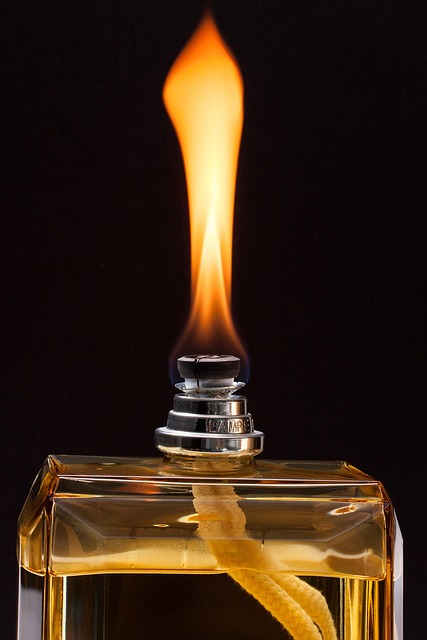
After a fire, conducting a thorough post-fire assessment is crucial for anyone considering selling a house with fire damage in California. Start by examining visible smoke stains on walls, ceilings, and structural components like beams and joists. Look for odours that may indicate lingering smoke or moisture issues—a common side effect of firefighting efforts. Check for warping, peeling paint, or softened surfaces, which could signal structural compromise due to heat exposure.
Pay close attention to the extent of damage to essential systems: electrical wiring, plumbing, heating/cooling units, and ventilation. Also, inspect for water damage from fire suppression efforts as this can lead to mould growth if not promptly addressed. Remember that even hidden areas like attics or crawl spaces may show signs of smoke penetration or moisture accumulation, so it’s important to probe further with torches or moisture meters if necessary.
Documenting the Damage: Photography and Reporting
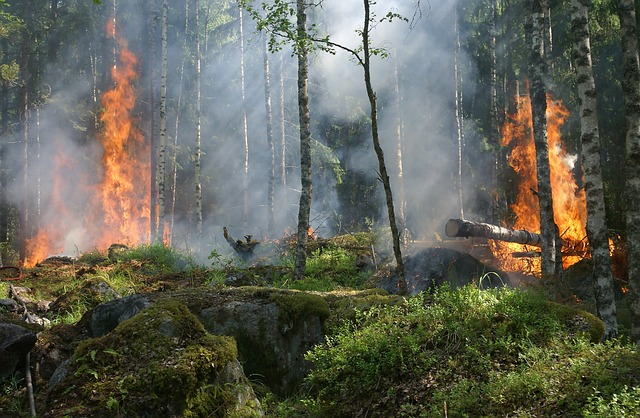
When assessing smoke damage, documenting the extent of the harm is crucial for both insurance claims and potential buyers if you’re selling a house with fire damage in California. Photography plays a pivotal role in this process. High-quality images capture not just visible scars but also subtle indicators like odour residue, discoloured walls, and damaged fixtures. These visual records provide an accurate representation of the smoke’s reach and intensity.
Detailed reporting accompanies the photographs. A comprehensive report should include a description of every affected area, noting specific items or structures that suffered damage. This documentation is essential for insurance assessments and can significantly impact the rebuilding process. For anyone considering buying a property with fire damage, these visual and textual records offer transparency and help them make informed decisions about repairs and potential costs.
Health Risks and Safety Measures for Fire-Damaged Properties
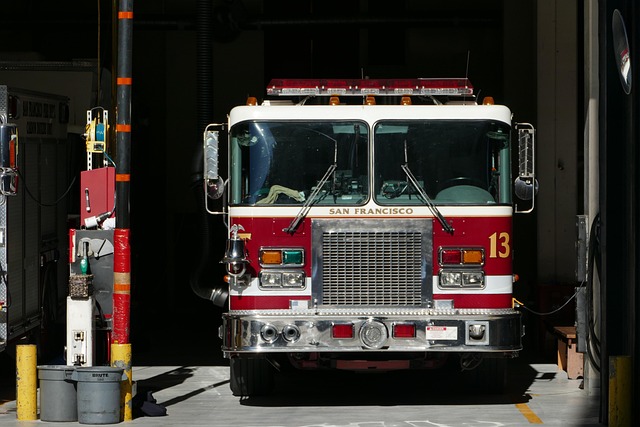
Smoke damage from a fire can pose significant health risks to occupants and future homeowners, especially in California where real estate is highly competitive. It’s crucial to understand that even after the flames are extinguished, harmful pollutants remain. These include carbon monoxide, volatile organic compounds (VOCs), and particulate matter, which can cause or exacerbate respiratory issues, allergies, and other health problems.
To mitigate these risks when selling a house with fire damage in California, thorough smoke damage assessment is essential. This involves testing air quality, inspecting structural integrity, and addressing any contaminated materials. Safety measures should include temporary repairs to prevent further deterioration, proper ventilation to reduce airborne contaminants, and the use of personal protective equipment (PPE) for cleanup crews. Following these steps ensures a safe environment for residents and buyers, enhancing the property’s appeal in the competitive California real estate market.
Repair and Restoration: Restoring Your California Home

After assessing the smoke damage in your California home, the next crucial step is to initiate the repair and restoration process. Selling a house with fire damage requires careful navigation to ensure the safety and quality of your property. Begin by identifying affected areas and prioritizing repairs based on severity and structural integrity. Engage the services of professionals who specialize in fire damage restoration to handle the cleanup and renovation work. They will employ advanced equipment and techniques to remove smoke and soot residue, ensuring a thorough decontaminated environment.
Restoring your home involves several stages, from structural repairs to cosmetic enhancements. Repairing or replacing damaged walls, ceilings, and floors is essential to regain structural stability. Additionally, professionals can assist in repainting, refurnishing, and revitalizing your interior spaces. Outdoor areas may also need attention, including cleaning and restoring vegetation and hardscapes. Aim for a thorough yet cost-effective restoration that maximizes the value of your California home while readying it for potential buyers seeking properties in good condition after fire damage.
Selling with Smoke Damage: Tips for Real Estate Professionals
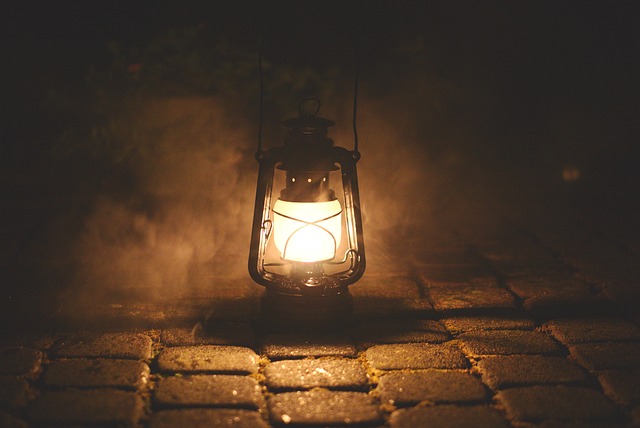
When it comes to selling a house with smoke damage in California, real estate professionals play a crucial role in guiding both buyers and sellers through this challenging process. The first step is to assess the extent of the damage. Professionals should carefully inspect every nook and cranny, documenting visible signs of smoke or soot, as well as any structural or cosmetic issues that may have resulted from the incident.
During the assessment, it’s important to consider the potential impact on buyers’ perceptions and the property’s value. In California, where the real estate market is competitive, accurately representing the damage—and highlighting any successful remediation efforts—is key. Repairs should be carried out by qualified contractors who specialize in smoke damage restoration to ensure a thorough and effective fix. This not only increases the likelihood of selling at a fair price but also provides peace of mind for future homeowners.
Smoke damage, often an invisible threat, can significantly impact homes and those who inhabit them. Understanding the various aspects of smoke damage assessment, from identifying hidden hazards to documenting and mitigating health risks, is crucial for homeowners in California considering repair or sale after a fire. By following expert guidelines on post-fire assessments, proper documentation through photography, and implementing safety measures, individuals can ensure their homes are restored safely and effectively, whether for personal occupancy or when selling a house with fire damage in California.

